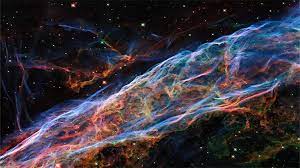Monitoring Desk
FLORIDA: NASA’s latest mission to space will study how the explosive deaths of massive stars — also known as supernovas — can create new stars that orbit each other.
The Integral Field Ultraviolet Spectroscopic Experiment, or INFUSE, will launch on a small rocket to space on Oct. 29 from a launchpad in New Mexico.
The experiment is designed to help scientists understand a supernova trail visible in the Cygnus Loop, the remnants of a dead star that’s visible for a few months each year in the Cygnus constellation.
The supernova was likely created about 20,000 years ago by the explosive death of a massive star 20 times the size of the Sun.
“Supernovae like the one that created the Cygnus Loop have a huge impact on how galaxies form,” explained Brian Fleming, a research professor at the University of Colorado, Boulder and principal investigator for the INFUSE mission, in a blog post on NASA’s site.
The new mission will measure the supernova in far-ultraviolet light to try and see how it feeds new star formation in our galaxy.
“INFUSE will observe how the supernova dumps energy into the Milky Way by catching light given off just as the blast wave crashes into pockets of cold gas floating around the galaxy,” Fleming said.
“With these first-of-their-kind measurements, we will better understand how these elements from the supernova mix with the environment around them.
It’s a big step toward understanding how material from supernovas becomes part of planets like Earth and even people like us,” UC Boulder grad student and INFUSE team member Emily Watt said.







